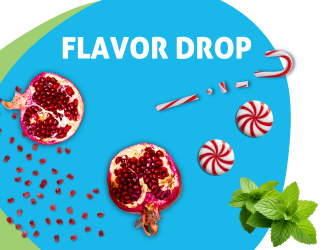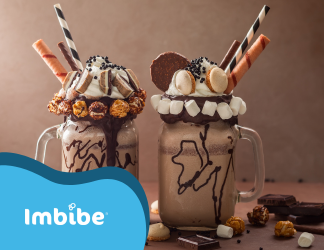In August, Los Angeles-based Califia Farms unveiled its seasonal lineup ahead of the holidays. Among its organic, holiday-inspired flavored creamers, Califia Farms also revealed a Horchata variety.
Califia’s Horchata features a blend of rice and almond milk with cinnamon. The brand noted that horchata recently ranked among the Top 25 flavor trends. This latest innovation from Califia emphasizes consumer interest in Latin- and Hispanic-inspired beverages.
Ilana Orlofsky, senior manager of customer experience at Niles, Ill.-based Imbibe, considers Hispanic and Latin influence to be a “durable growth engine” and not a niche.
She shares that Hispanic shoppers accounted for nearly 16% of total United States consumer packaged goods (CPG) growth and represent outsized buying power, with a young age skew that compounds lifetime value.
This means that flavors and formats from Mexico, Central and South America are structurally advantaged for the next decade, Orlofsky states, citing Circana data from 2024.
Flavor formulations
Certain Hispanic-inspired flavor profiles in beverages have been on the rise. Experts share why certain flavors are more popular than others.
Imbibe’s Orlofsky states that bold, dynamic flavors from Latin America are surging. Notably, she lists tamarindo (tangy, sweet-sour), mango con chamoy (juicy, spicy, sweet), pineapple, guava, prickly pear and specialty botanicals like yerba maté and guayusa.
“There’s a pronounced rise in ‘swicy’ (sweet-spicy) and tart flavor profiles — mango-chamoy, tepache (fermented pineapple) and even savory profiles like birria and mole in non-traditional beverage applications,” Orlofsky says.
She has observed a broad adoption of flavors such as hibiscus/Jamaica, tamarind, mango-chile or chamoy, limón/lime, horchata, guava, passion fruit and prickly pear.
“These win because they deliver bold, sessionable refreshment (think tart, salty, spicy, bright), naturally align with better-for-you (BFY) narratives (botanical, fruit-forward, vibrant color) and map seamlessly to socially viral formats like mangonadas and chamoy/Tajín culture.”
Orlofsky says that hibiscus alone is up nearly 30% on U.S. menus during the past four years, while prickly pear and horchata continue to show up more in quick-service restaurants.
“From our own lab, lime is leading the pack as one of the most Latine requested flavors this year, with pineapple, mango, coconut, chili, hibiscus and even jalapeño close behind,” she notes. “Tamarind and guava get fewer requests, but they’re still very much part of the conversation.”
For more insights, check out the full article on Beverage Industry.



